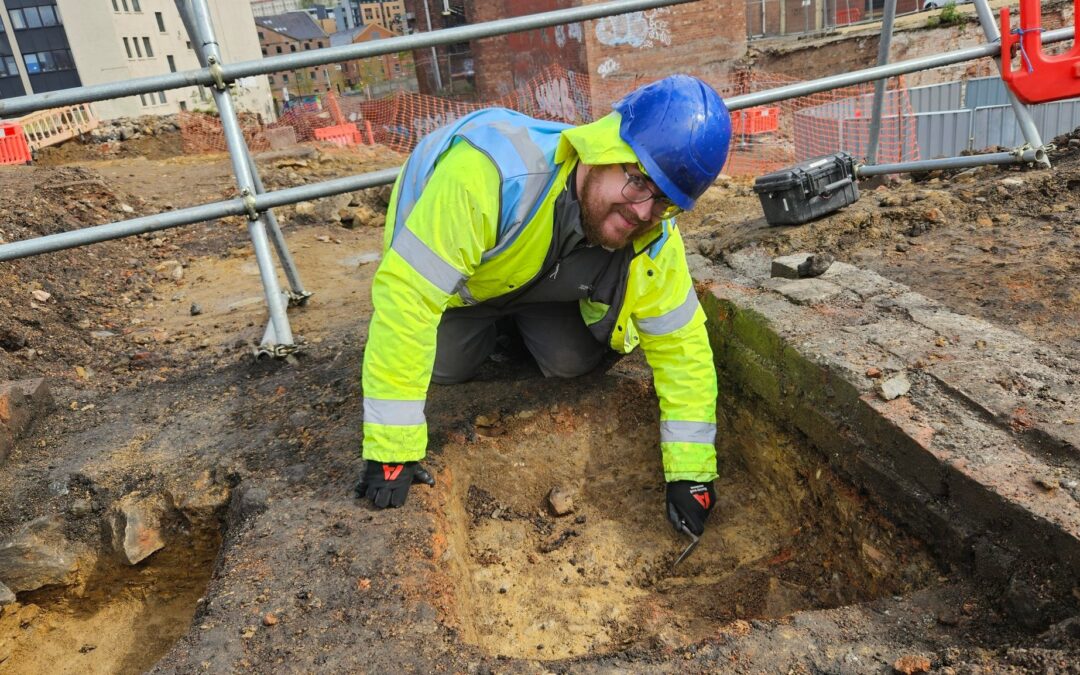Exciting discoveries of new Medieval features and structures have been uncovered by archaeologists at the Sheffield Castle excavation site.
This comes from their 10-week excavation dig of the castle’s medieval gatehouse, where they’ve discovered unmapped furnaces from the steel working process.
The excavation site is now open to the public to visit, who are able to book to have a dig themselves.
Over the past week archaeology lovers have had the pleasure of discovering the unmapped furnaces and the top of the mot of the castle.
Otis Gilbert, an archaeologist volunteer on the project said: “It was lovely to see the crucible furnaces that the professional archaeologists of Wessex had found, they were quite marvellous.”
There is still six weeks left on the excavation and many are excited to see what else can be discovered for the general public to view.
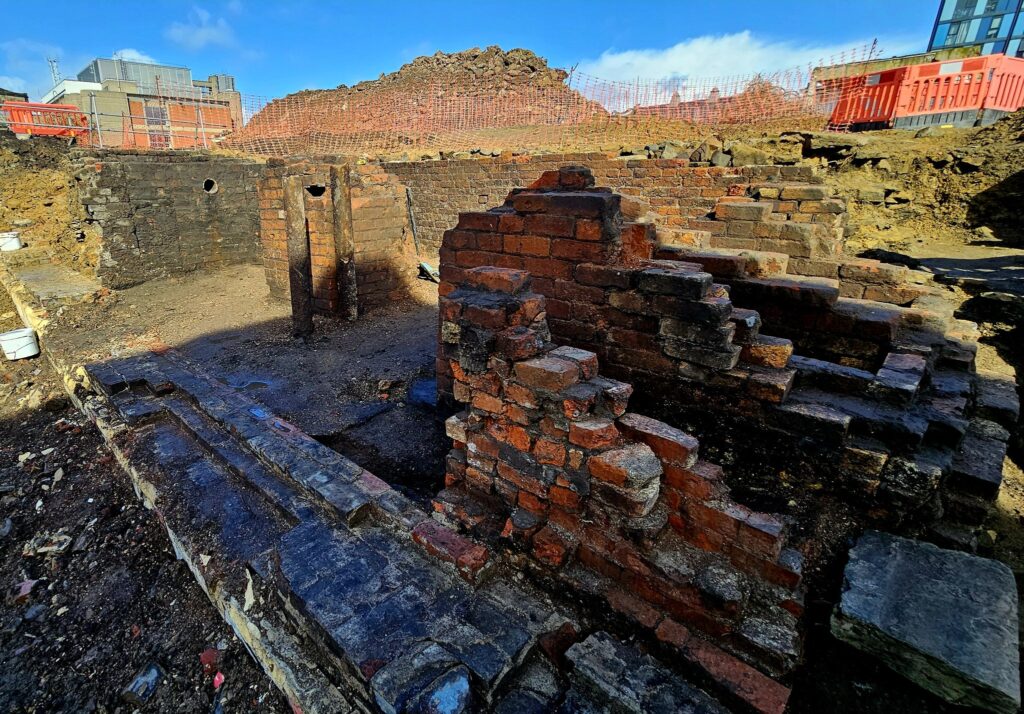
Martin Gorman, a volunteer at Friends of the Castle said: “At this stage we don’t know what will be found so there is a level of excitement about what lies beneath the surface.”
Friends of the Castle is the public face of the Regeneration project and are a charitable group run by volunteers set up 10 years ago to ‘promote and protect the remains and history of Sheffield Castle’.
Gorman said: “The Sheffield Castle Regeneration project should be the catalyst for the general improvement in the whole of Castlegate, the historical heart of the city.”
Friends of the Castle hope that if and when the remainders of the castle are found, they will be able to display them permanently on view to the public.
In the future they hope to create a visitor experience dedicated to the entirety of the Castles history and the cities beginnings.
Otis Gilbert said: “Hopefully if the regeneration goes well people will be able to see the gatehouse, it would be quite a nice tourist attraction for the public.”
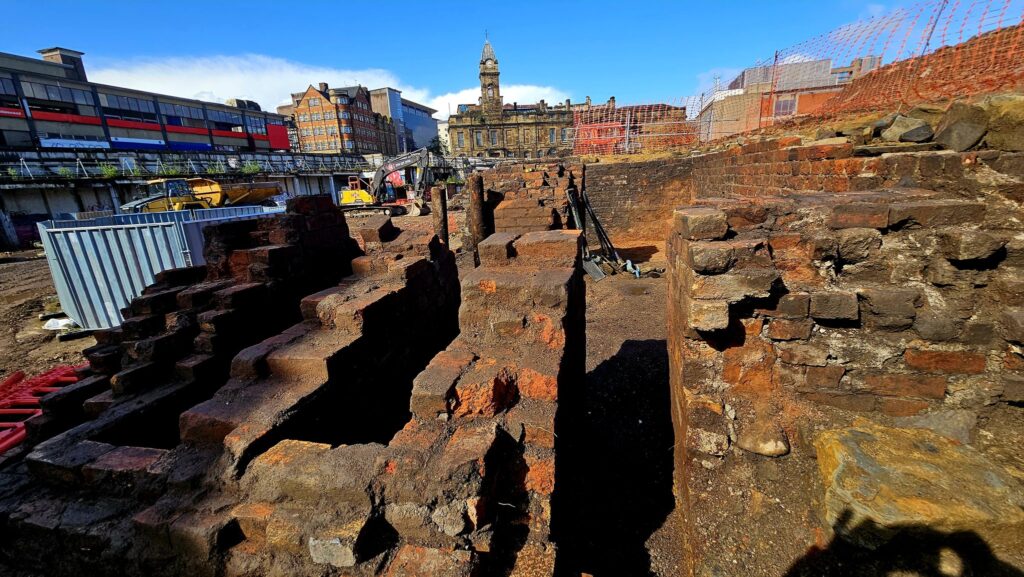
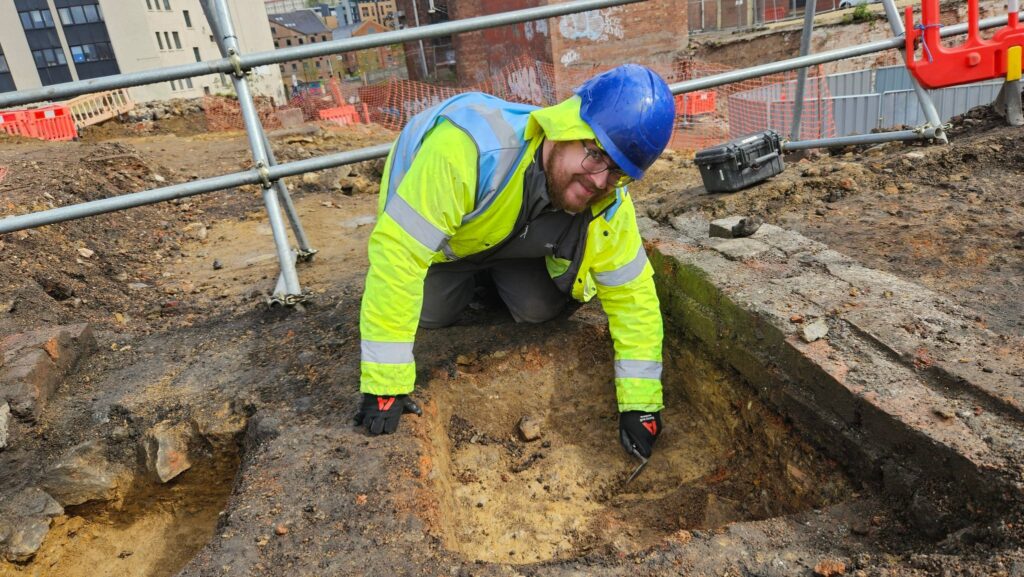
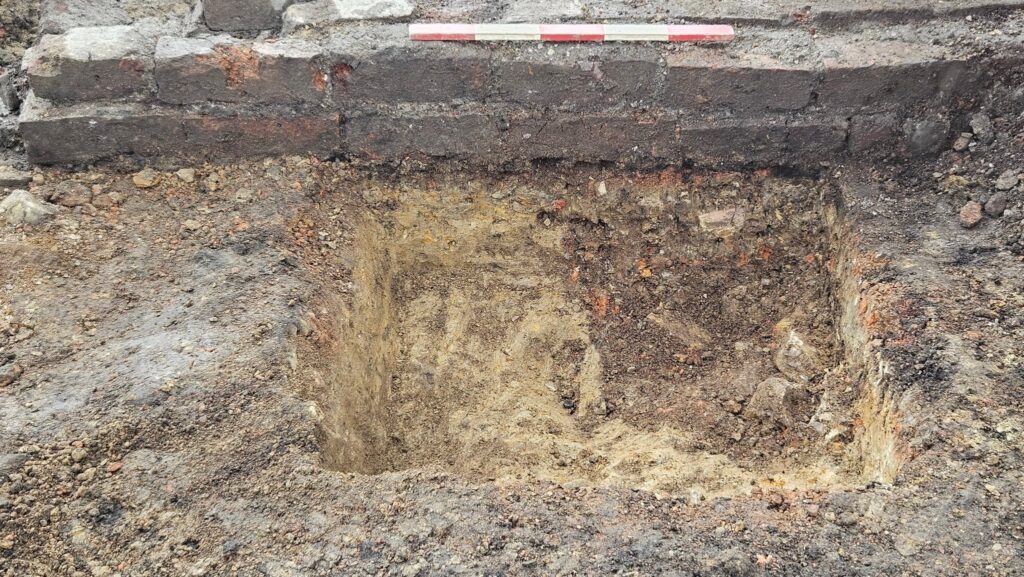
Currently, the archaeologists are still at 19th century level and more of the castle will be unearthed over the next few weeks.
Opportunities to participate in the ongoing dig will remain until Wednesday 5th of June.
See more at Wessex Archaeology.

